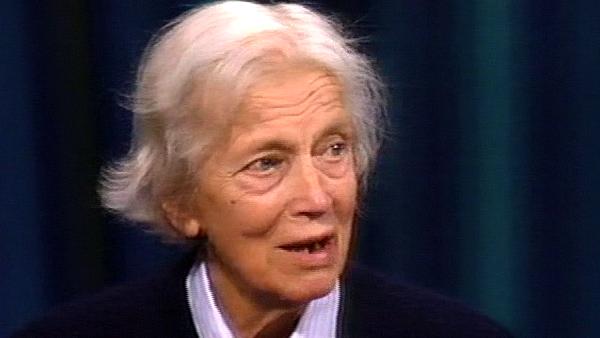Of course Bernal's views of crystals that he first photographed was that the molecular structure must be long and thin, and...
[Q] And this he deduced simply from the character of the crystal cell?
Yes, the character of the crystal cell, and the optics, the direction of the optic axes. Who from that point the chemists, particularly Rosenheim and King, who had been interested in his work, took a new look at all the chemical evidence, and they particularly were working on the hydrogenation of the sterols to give hydrocarbons, of which... amongst which one was chrysene, and he thought there might be sterol skeletons and might really be something like chrysene with a long chain attached to it. That wasn't right, but it was along the right idea. We could find that, eventually when we worked on cholesterol... iodines, is it?
[Q] This is it here.
But the sterol rings are similar to pycene ring systems. They're shown by this model and we could see, get a projection of the structure down this short axis easily from the reflections we measured. And then, with considerable difficulty, the three-dimensional electron density by calculations done at right angles, selected lines through the apparent atomic positions. And this work was really done by Bernal's research students at Birkbeck. Harry Carlyle, when he came to Oxford to work with me, Bernal himself was called away to work on air raid precautions the moment the war began, and he sent more apparatus, two X-ray tubes, and our apparatus to Oxford, together with research students. Harry Carlyle, who was an 1851 scholar from India, from Lucknow in India, and Katie Dornberger, who had already taken her doctor's degree in Vienna, but had just begun to work with Goldschmidt, a very well-known German X-ray crystallographer, who was Jewish, and they were just warned to escape from their lab, so Goldschmidt went to Norway, to Oslo, where he also held a professorship, and Katie came straight across to Bernal's lab, and she worked for some time on a small research job, and then she came over and did calculations with me on insulin. So she was very useful to me.







